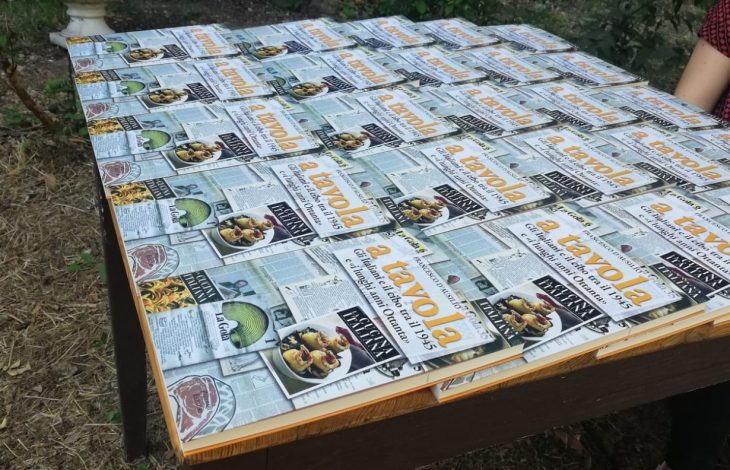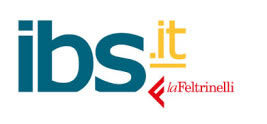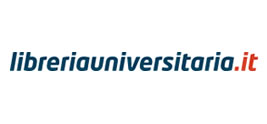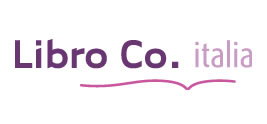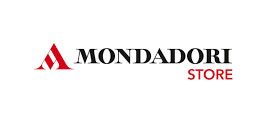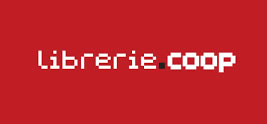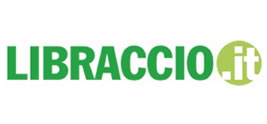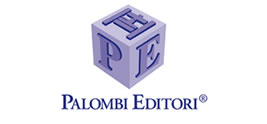Food culture and the Italian diet from 1945 to the ‘long 1980s’, the period between the late 1970s and early 1990s, are the focus of this essay by historian Francesco D’Ausilio. A time when Italy became an industrial country and Italians a consumer population. The characteristics of the diet changed, making a significant leap in the national diet in terms of calories: from 2,350 calories in the early 1950s to 3,200 in the early 1980s; little by little, the methods of access to food consumption, domestic practices, and tastes changed, starting with the local differences that have always constituted the essence of Italian cuisine. Years of great change for the country thus recounted through food.
The main historical events and cultural phenomena of the second half of the 20th century are analysed through the testimony of books, guidebooks, and cookery magazines understood by the Author as ‘cultural sediments’ that contribute, through recipes and photographs of dishes, to the social formation of taste.
Italians and food are the protagonists of the Author’s proposed journey through a rapidly changing country. From the post-war period with the ‘year zero’ cuisine to the economic miracle. From the crisis of the food culture of the 1968s to the ‘counter-cooking’ movements and austerity of the 1970s. Finally, in the ‘long eighties’, when Italy became a complex consumer society and food choices became a symbol of identity and status. How did food consumption change? How do the concepts of pleasure and taste become actualised? When does food become a lifestyle?
The changes that took place in the 1980s are narrated through the observatory of the magazines La Cucina Italiana and La Gola, which marked, in different ways, the panorama of Italian gastronomic communication. La Cucina Italia, founded in 1929 by Umberto Notari, was supported by a Tasting Committee, which included prestigious names in Italian culture, from Massimo Bontempelli to Filippo Tommaso Marinetti. The magazine grew and consolidated over the years, becoming a protagonist of the publishing market to this day; La Gola was published in 1982, strongly desired by Gianni Sassi, one of the most eclectic protagonists of the Italian cultural scene from the 1960s to the 1990s. La Gola is animated by intellectuals and experts such as Antonio Piccinardi and Emilio Faccioli. The story is accompanied by three original testimonies: Alberto Capatti, university lecturer and historian of Italian gastronomy, animated and directed La Gola; Paola Ricas, journalist, directed La Cucina Italiana from the 1980s for twenty-five years; Leda Vigliardi Paravia was La Gola’s Paris correspondent, set up the Italian Cultural Institute’s School of Cuisine and founded the L’Accademia Italiana della Cucina delegation in Paris in the 1990s.
The industrialisation of food, new forms of consumption (snacks, frozen products, or eating out), the emergence of ecological sensitivity, and the focus on diet and nutrition, constitute the characteristic features of this historical period. Starting from ‘the long eighties’, food acquired a new symbolic dimension due to its ability to reveal – through consumption choices – the identity of the individual to himself and others. As a result, magazines are modified, interpreting the imagery and new aesthetic canons that radically transform the table and habits of Italians.
After all, the ‘neglected’ 1980s have sedimented more deeply-rooted resources and customs than is commonly thought, helping to shape modern food culture. Probably without the contribution of the food culture that has asserted itself since ‘the long eighties’, phenomena such as the rediscovery of the land, attention to the product supply chain, and sensitivity to the impact of food choices, trends that today have become common heritage, would not have manifested themselves with the same intensity.

